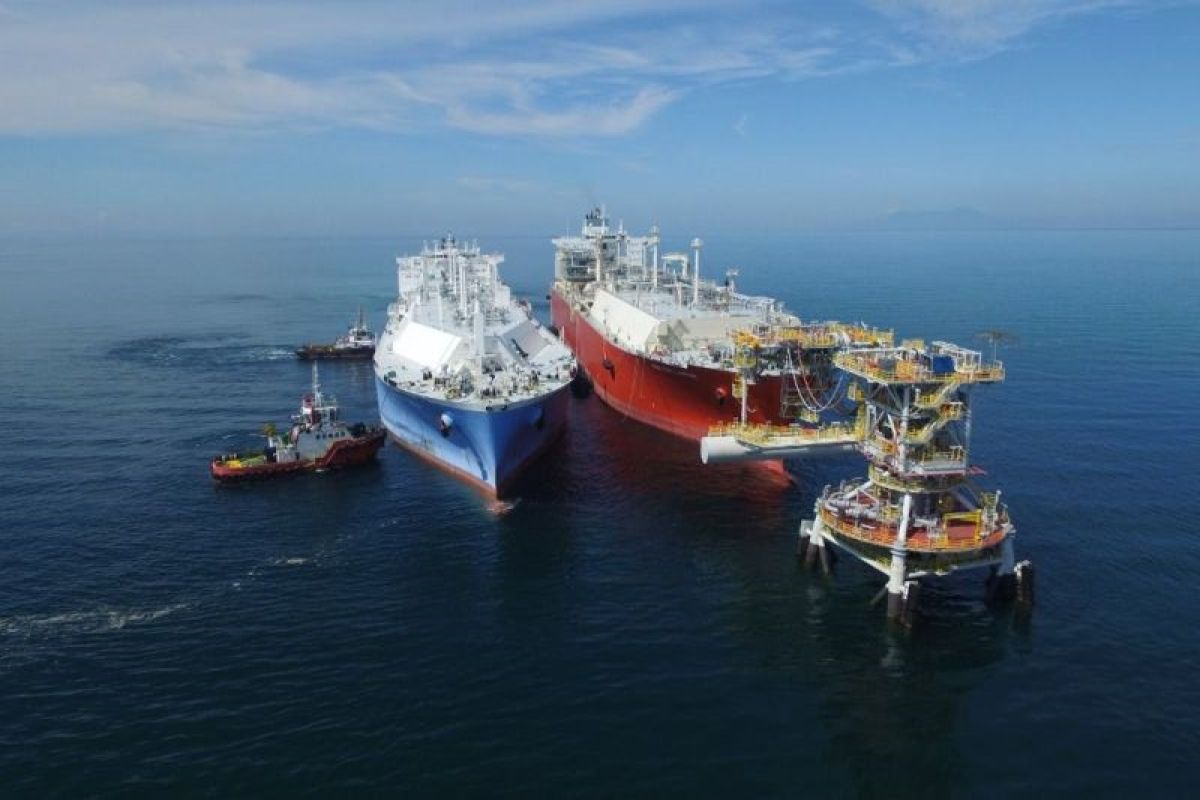A large population calls for an abundant amount of resources, both renewable and non-renewable, to satisfy its energy needs.
Energy is used in the electricity, industrial, and transportation sector and is a basic human need that must be satisfied.
As of today, more than 95 percent of the liquefied natural gas (LNG) supply for domestic use is consumed by the electricity sector.
Without energy, our economy can collapse. Especially now that our economic activity is slowly going back to normal after the pandemic that started in March of 2020, energy is a must-have.
As a developing nation, Indonesia’s dependence on fossil fuels is still relatively high, making up 88 percent of its energy mix.
Fossil fuels consist of coal, oil, and natural gas/LNG. As a net importer of oil since 2004, it cannot be denied that it will take many years, and even decades, for Indonesia to transition effectively to renewable energy, wherein cleaner and more environmentally friendly forms of energy will dominate our energy mix.
Nonetheless, it cannot be denied that an archipelagic nation such as Indonesia is feeling the consequences of global warming and climate change.
For instance, our capital city, Jakarta, is one of the world’s fastest sinking cities, thanks in large part to rising sea levels.
Although Indonesia relies heavily on conventional forms of energy, it has set its path toward greener energy.
Even before COP21 and the ratification of the well-known Paris Agreement, Indonesia had implemented the National Energy Policy (KEN PP. 79/2014), which aimed to maximize the use of gas and renewable energy, providing a clear vision that, in the energy sector, gas and renewables are certainly a top priority.
Not too long after, Indonesia ratified the Paris Agreement (COP21), and it was approved by the Parliament and became Law No. 16/2016.
Within this law, Indonesia’s Nationally Determined Contribution (NDC) is to reduce Greenhouse Gas (GHG) Emissions by 29 percent by 2030 or by 41 percent with International Assistance (IA).
The President has also enacted Presidential Regulation No. 17/2017 about Indonesia’s National Energy Plan (RUEN).
Indonesia’s RUEN seeks to increase new and renewable energy to 23 percent by 2025 and 31 percent by 2050. And at COP26 late last year (October and November 2021), Indonesia pledged to achieve net-zero emissions (NZE) by 2060, which will make this year and the coming years a time of reckoning for key policy makers.
In order for Indonesia to rapidly increase the utilization of renewables, it is not enough for us to just talk about global warming and climate change, particularly to laymen and most people who may not even care about the topic.
The Indonesian government is also prioritizing price over the cleanliness of energy, which is widely accepted by the general public. No one really pays attention to their carbon footprint. But everyone pays close attention to their electricity and transportation bills.
With fossil fuel prices still considerably low, it will be challenging to exponentially increase renewable energy at a rapid rate if the price is still a lot higher than fossil fuels.
As a result, for Indonesia to raise the attractiveness of renewables, it will take some time and effort.
Infrastructure, lower electricity prices, and accessibility to the grid will need to be improved dramatically for renewables to tower over fossil fuels.
Since this will take time, there has to be a form of energy that can bridge the gap between fossil fuels and renewable energy.
A form of energy that is cheap, easily accessible, has the necessary infrastructure, but has lower carbon emissions—at least compared to other forms of fossil fuels.
This energy is liquefied natural gas (LNG), which is practically gas in the form of liquid and can be transported from one location (East Kalimantan, Tangguh, and in the future, Masela) to another (areas that have high domestic demand for LNG such as Sumatra, Java, and Bali).
LNG is abundant and widely accepted since Indonesia still has excess capacity, the liquefaction and regasification infrastructure is in place, the grid is intact, the price is relatively cheap, and LNG emits much less carbon if we compare it to coal and oil.
The private sector, state-owned enterprises (SOEs), and their subsidiaries must fulfill domestic needs before exporting the commodities, as stipulated in Article 33 Paragraph (3) of the 1945 Constitution.
In parallel, the government can also help in utilizing Carbon Capture Utilization and Storage (CCUS), Carbon Tax, and Cap and Trade to reduce GHG emissions.
Indonesia has also passed a Presidential Regulation on the Economic Value of Carbon, which targets to put a price on carbon (Rp30 thousand/mt of CO2), while BP Tangguh is set to kickstart its CCUS project in 2026/2027, and Pertamina is currently conducting a feasibility study on CCUS.
Given Indonesia’s existing conditions, it is clear that LNG has a bright future in Indonesia; we just need to continue to support it so that LNG can nourish and provide the necessary support for Indonesia to reach its goal for 2045, 100 years after independence.
*Satya Hangga Yudha Widya Putra, B.A. (Hons), MSc., is the secretary general of the Organization of LPDP Scholarship Recipients (Mata Garuda) and the co-founder of the Indonesian Energy and Environmental Institute (IE2I).
The views and opinions expressed on this page are those of the author and do not necessarily reflect the official policy or position of the ANTARA News Agency.
Related news: Support IMO 2020, Pertagas Niaga for LNG ship fuel testing
Related news: Pertamina's Cilacap refinery to build LNG terminal to boost efficiency
Related news: Govt to focus on building gas infrastructure in eastern Indonesia
Copyright © ANTARA 2022






